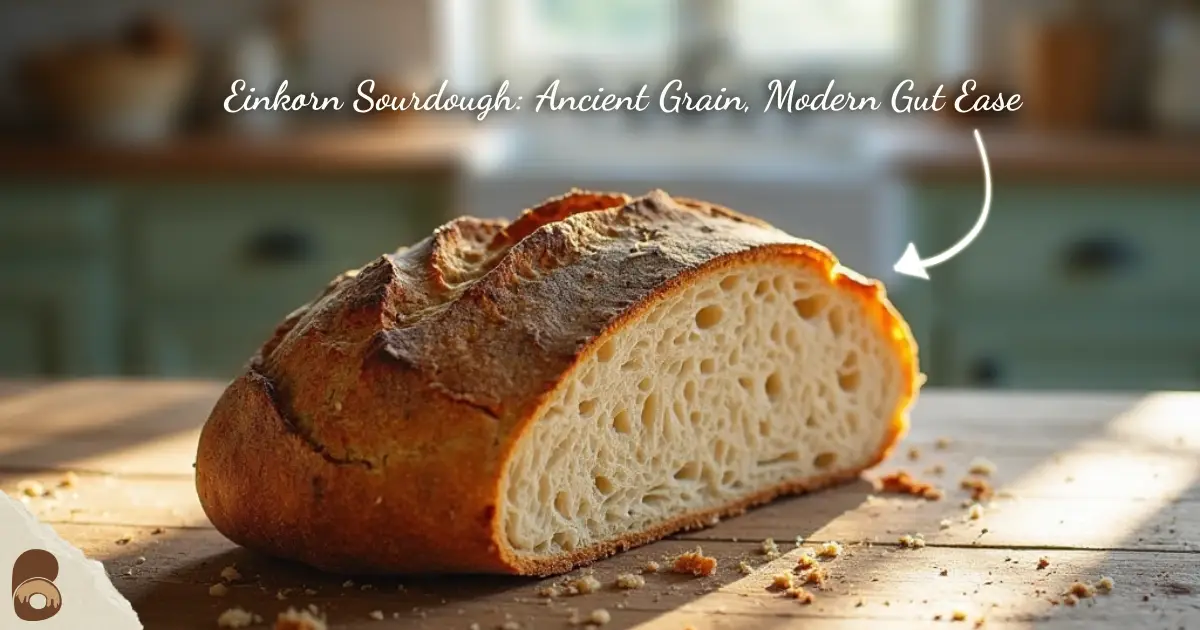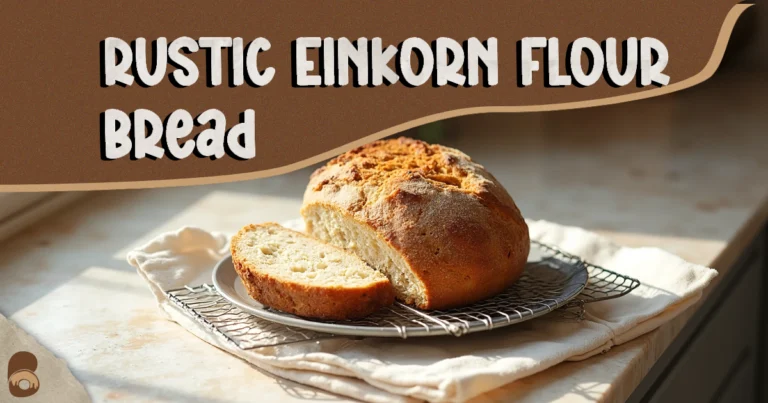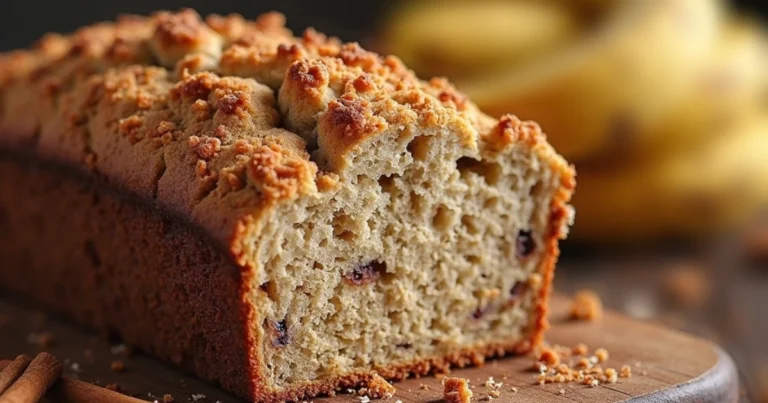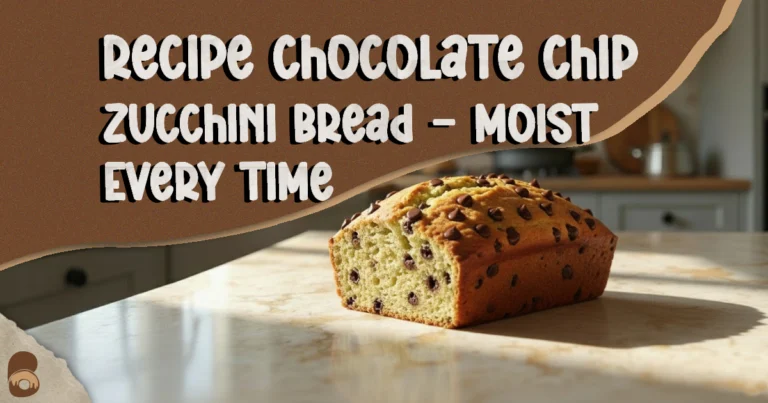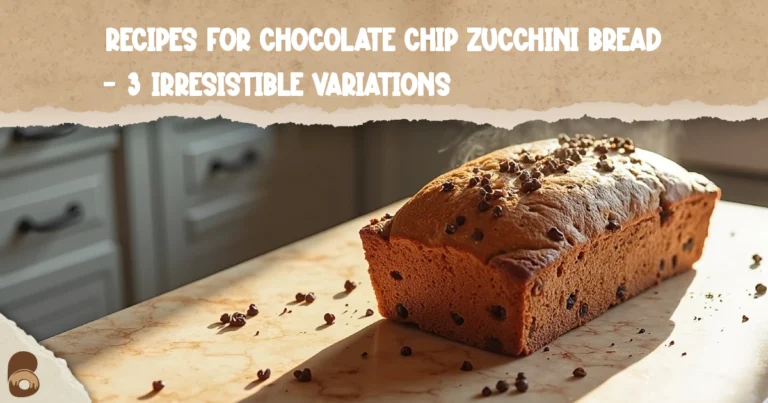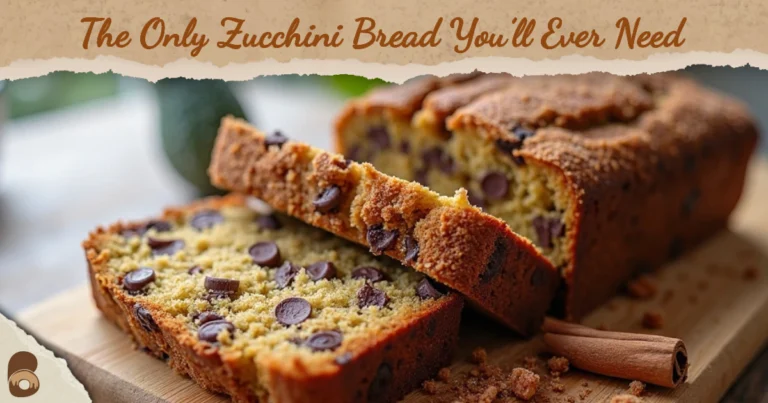The Ultimate Einkorn Sourdough Method for Deep Flavor and Digestive Ease
Table of Contents
Table of Contents
Introduction: A Return to Ancient Grains for Modern Wellness
You probably know the feeling: you love bread, but it doesn’t always love you back. Maybe it’s the bloating, the sluggishness, or just that nagging sense that your body isn’t digesting it quite right. That’s how I felt—until I discovered einkorn flour.
Switching to einkorn sourdough was a game-changer. Suddenly, the bread didn’t just taste better—it felt better. Einkorn’s ancient roots and sourdough’s natural fermentation brought a whole new level of flavor and ease to my kitchen (and my digestion).
Einkorn is the oldest cultivated wheat known to humanity, unmodified and pure. Paired with sourdough fermentation, it becomes not just nourishing but also deeply satisfying and easier to digest. In this guide, you’ll learn exactly how to master einkorn sourdough from your first bubbly starter to a golden, flavorful loaf. Let’s dive into the method that marries tradition with health.
What Is Einkorn and Why It’s Better Than Modern Wheat
You might be wondering, what makes Einkorn so special? For starters, it has a lineage dating back over 10,000 years. Unlike modern wheat, einkorn has never been hybridized or genetically altered—what you get is a pure, nutrient-dense grain.
Ancient Grain Origins
- Einkorn was one of the first grains ever domesticated.
- It retains its original single-set genome (A genome), unlike modern wheat’s complex hybrids.
Nutrition Highlights
- Higher in protein, B vitamins (especially B6), and essential minerals.
- Rich in antioxidants like lutein and beta-carotene.
- Contains more magnesium, zinc, and iron than common wheat varieties.
Digestibility
- Einkorn has a simpler gluten structure that many people find gentler on the digestive system.
- Lower in gliadin (the part of gluten often associated with sensitivity), making it more tolerable for some with mild gluten issues.
📌 Table Suggestion: Include a comparison between einkorn and modern wheat showing key nutritional stats, gluten structure, and glycemic index.
Why Sourdough Fermentation Unlocks Einkorn’s True Potential
The magic of einkorn multiplies when you pair it with sourdough fermentation. Not only does this process enhance the flavor, but it also unlocks vital nutrients and supports your gut health.
Synergistic Benefits
- Fermentation reduces phytic acid, a compound that can inhibit nutrient absorption.
- Natural sourdough cultures (lactic acid bacteria) help break down gluten and starches, making them easier to digest.
- These bacteria also produce short-chain fatty acids that feed beneficial gut microbes.
Flavor Development
- Einkorn has a naturally rich, nutty taste. Fermentation deepens those flavors into something truly unforgettable—slightly sweet, earthy, and complex.
📌 Include a quote from a nutritionist or baker:
“Einkorn sourdough is uniquely digestible because both the grain and the fermentation process work together to reduce digestive strain,” says holistic nutritionist Sarah Mills.
Step-by-Step Einkorn Sourdough Method: From Starter to Perfect Loaf
Ready to bake? Follow this method for consistent, delicious results with einkorn sourdough.
1. Preparing Your Einkorn Sourdough Starter
- Begin with 100% einkorn flour and filtered water.
- A good ratio is 1:1:1 by weight (e.g., 50g flour, 50g water, 50g starter).
- Einkorn ferments faster than other flours, so monitor closely.
- Feed your starter every 12 hours until it’s reliably doubling in volume within 4–6 hours.
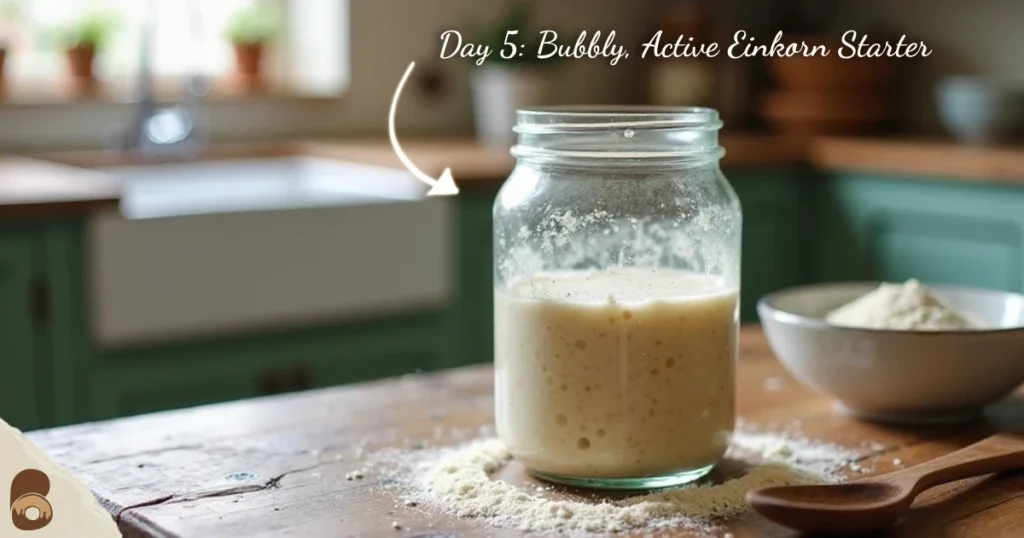
2. Mixing and Bulk Fermentation
- Use 65–70% hydration (e.g., 350g water for 500g flour).
- Mix ingredients gently. Einkorn doesn’t require kneading—just a few stretch-and-folds.
- Bulk ferment at room temperature (72–76°F) for 4–5 hours.
3. Shaping and Final Proof
- Einkorn dough is sticky by nature—wet your hands and use a bench scraper.
- Shape gently and place into a banneton or parchment-lined bowl.
- Cover and cold proof in the refrigerator for 8–12 hours.
4. Baking
- Preheat a Dutch oven at 475°F (246°C).
- Score your loaf and bake with the lid on for 20 minutes.
- Remove the lid and continue baking 20–25 minutes until golden brown.
- Cool for at least 2 hours before slicing to avoid a gummy crumb.
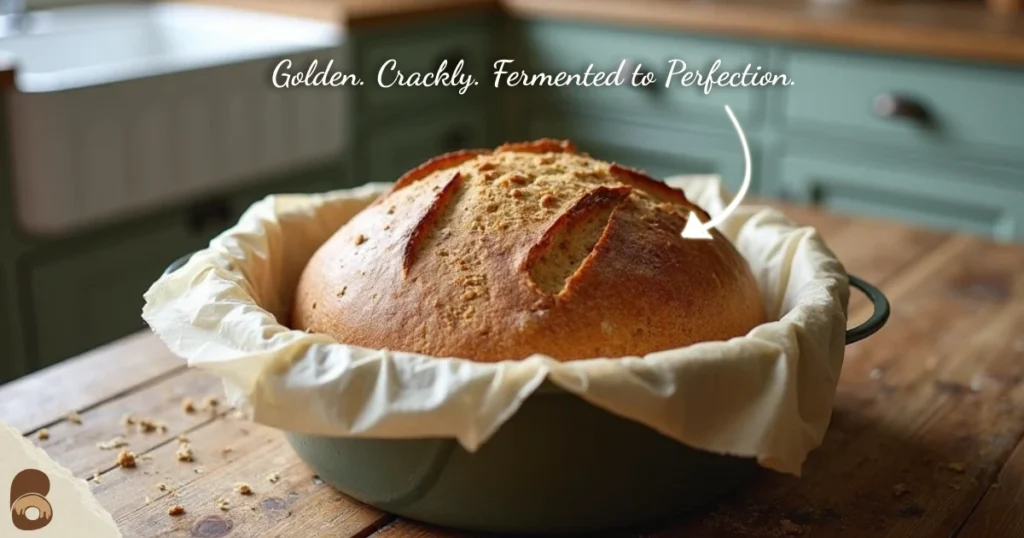
📌 Use a Recipe Table with ingredient weights and a baking timeline for easy reference.
Common Challenges with Einkorn Sourdough—and How to Overcome Them
Don’t worry if your first loaf doesn’t come out perfect. Einkorn behaves differently than what you may be used to, but with a few adjustments, you’ll get there.
- Sticky Dough? Totally normal. Resist the urge to add flour. Use wet hands and work gently.
- Flat Loaf? Likely over-proofed. Einkorn rises quickly. Try reducing your bulk fermentation time or proofing in a cooler spot.
- Dense Texture? It may be underfermented or too low hydration. Check your starter activity and weigh ingredients precisely.
- Starter Not Rising? Einkorn needs frequent feedings and warmth. Keep it around 75°F and refresh often.
📌 Optional Sidebar: “Top 5 Mistakes Beginners Make with Einkorn Sourdough”
Einkorn Sourdough Benefits: Taste, Gut Health, and Nutrient Boost
You’re not just baking bread—you’re nourishing your body. Here’s why einkorn sourdough is worth the effort:
Flavor
- A buttery, rich taste with nutty undertones.
- Naturally sweet—no sugar needed in the dough.
Gut Health
- Fermented bread supports your microbiome with live cultures and prebiotics.
- Many people report fewer issues with bloating and fatigue after switching.
Nutrition
- Better mineral absorption thanks to reduced phytic acid.
- Higher antioxidants and protein than white or whole wheat bread.
Sustainability
- Einkorn grows well in poor soil and dry climates.
- It requires fewer agricultural inputs, making it eco-friendlier.
📌 Consider using a visual infographic comparing the benefits of einkorn sourdough vs. regular white bread.
FAQ: Common Einkorn Sourdough Questions Answered
Is einkorn sourdough gluten-free?
No—it still contains gluten, but the structure is simpler and more digestible for some people.
Can I use my regular starter for einkorn sourdough?
You can, but it’s best to gradually convert it to a 100% einkorn starter for optimal performance.
Why is my einkorn sourdough dough so sticky?
That’s just how Einkorn behaves! Wet hands and gentle handling are your best tools.
How long does einkorn sourdough bread stay fresh?
Stored properly in a linen or paper bag, it stays fresh for 4–5 days at room temperature.
Where can I buy good quality einkorn flour?
Look for trusted sources like Jovial Foods, small organic mills, or local co-ops.
Conclusion: Start Baking with Einkorn Today for Flavor and Wellness
You’ve now got everything you need to start baking amazing einkorn sourdough—from understanding its ancient roots to mastering a loaf with bold flavor and gentle digestion.
Yes, einkorn can be tricky at first. But your body and taste buds will thank you. So go ahead: grab a bag of einkorn flour, feed your starter, and bake your first loaf. You’re not just baking bread—you’re reviving a tradition that nourishes both body and soul.
Ready to try it?
Start today and enjoy the flavor, nutrition, and satisfaction that comes with einkorn sourdough.
Save this recipe and follow along on Pinterest—there’s always something new rising in the oven!
Share your experience and help others!
Tried this recipe? Leave a rating and make someone’s day tastier
Be the first to rate this recipe and help others discover it!

